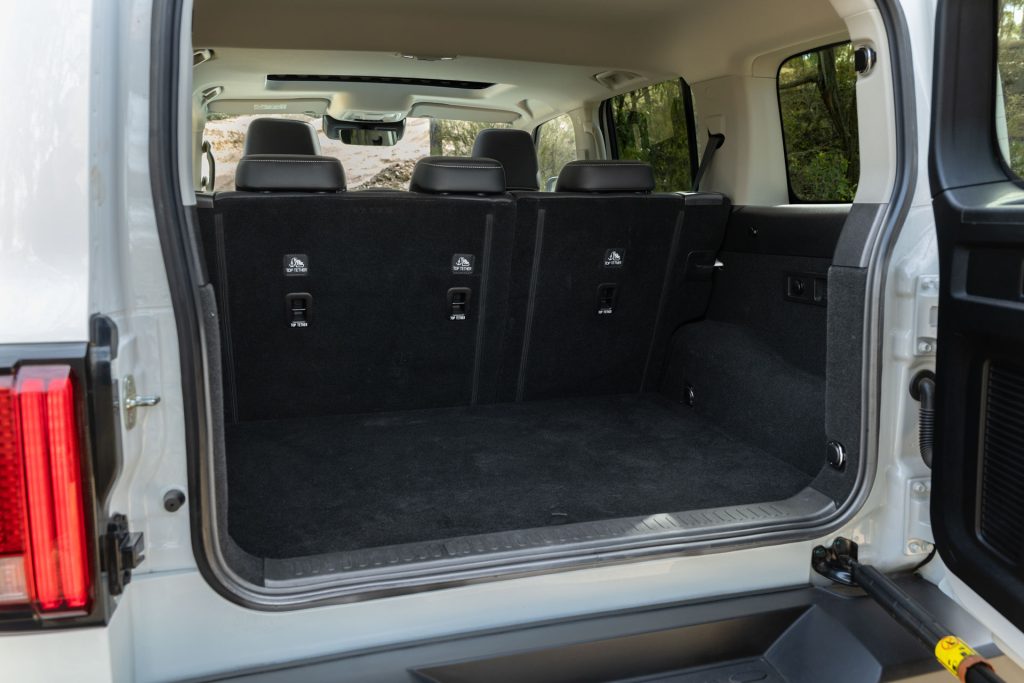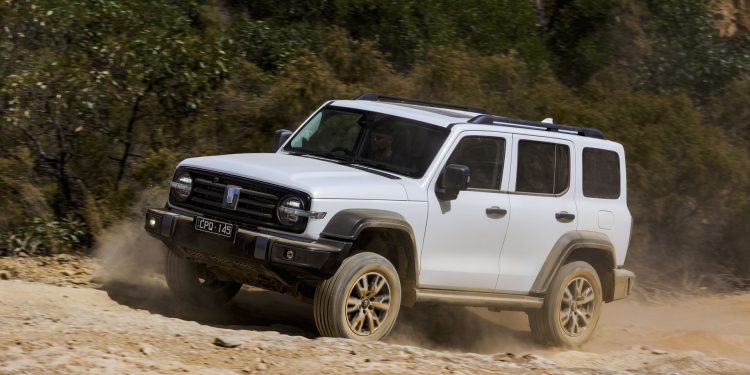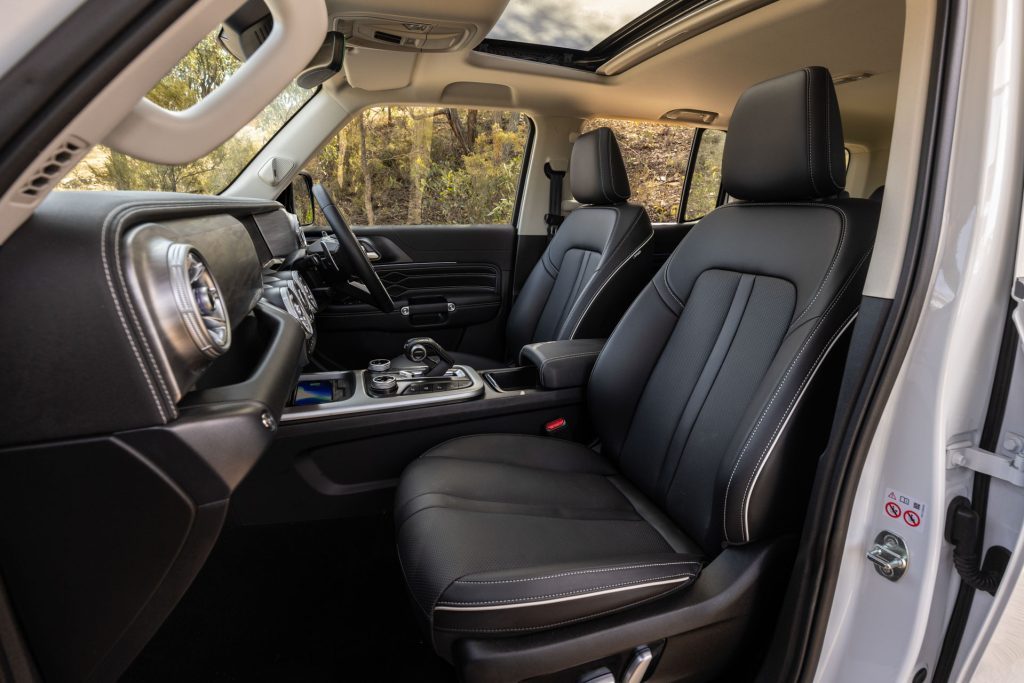GWM Tank 300 Diesel – First Drive
Words: Robert Barry | Photos: Mitchell Oke
Recognising the importance of towing capacity in the Australian and New Zealand markets, GWM has added a diesel version of the Tank 300 to its local line-up.
More than 75% of its competitors offer a diesel engine, and while the Tank 300 might be late to the party, it’s allowed GWM to create a much better vehicle.
Solely offered here in the high specification Ultra grade, the Tank 300 with the 2.4-litre turbodiesel engine will retail for $57,990 here, some $2000 less than the Ultra 2.0-litre Hybrid.
GWM believes that the diesel version will become the most popular variant in the Tank 300 line-up, and orders are already 50% up on the petrol and hybrid versions.
But it wasn’t simply a matter of dropping a turbodiesel unit into the Tank 300’s engine bay; there was a great deal of thought and development in creating a vehicle capable of both towing as well being a hard core off-roader.
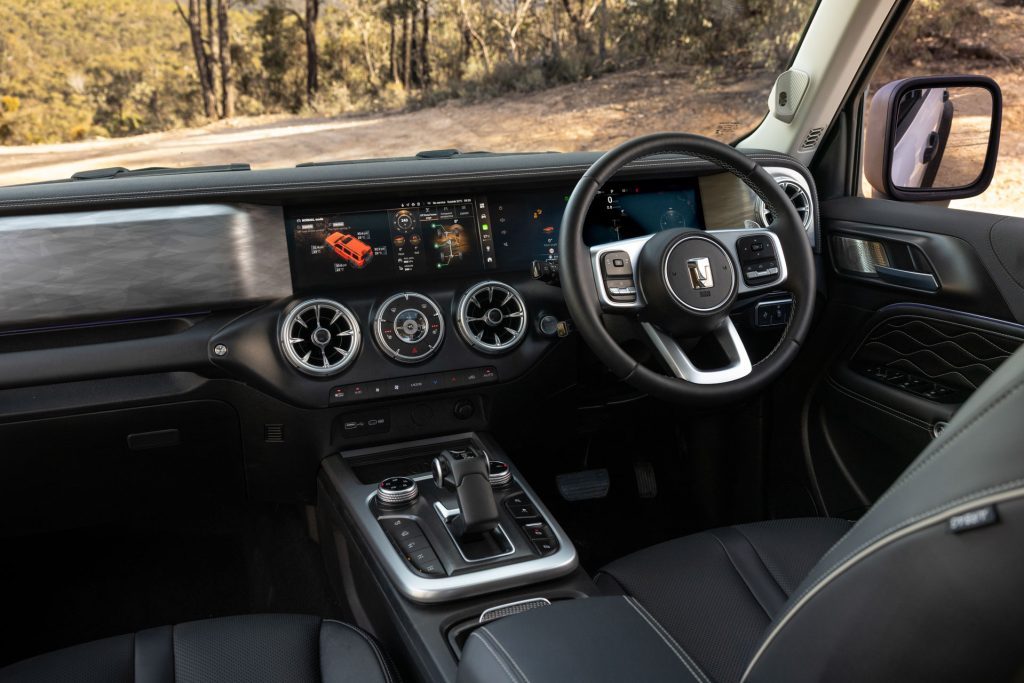
Tank 300 – Power and Performance
The Tank 300 2.4-litre diesel engine is currently shared with the Cannon and Cannon Alpha.
It produces 135kW of power at 3,600rpm and delivers 480Nm of torque between 1,500 – 2,500rpm. Equipped with a Variable Geometry Turbocharger (VGT), it dynamically adjusts the aspect ratio across low and high RPMs, minimising turbo lag and delivering a 30% boost in low-speed power while preserving efficiency at higher speeds.
Offered with a nine-speed automatic transmission, it delivers 7.8L/100km on the combined cycle, with Euro 5
compliance, emitting 205g/km of C02 emissions based on the combined cycle. According to GWM, the Tank 300 diesel has a 950km range.
GWM engineered the Tank 300 diesel to achieve a 3000kg maximum braked towing capacity, which is 500kg more than the petrol and hybrid models. This was made possible through over 20 component upgrades and modifications to enhance performance and capability.
This included upgrades to the suspension, brakes, engine and transmission cooling, to ensure durability wouldn’t be an issue for customers in Australia and New Zealand.
The payload capacity has also increased to 600kg, and the Tank 300 diesel also eschews the GWM torque-on-demand all-wheel-drive system for an old-school part-time 4×4 system with a low-range transfer case and front and rear diff locks for maximum traction when venturing off the road and into the muddy stuff.
More than 2.4 million km of testing was conducted to develop the Tank 300 diesel. GWM also reckons the transmission can easily handle up to 950 Nm of torque.
One Tank 300 diesel has spent considerable time and distance hauling a 3000kg caravan around Australia with GWM staff behind the wheel monitoring its performance.
GWM Australia and New Zealand senior product specialist Tim Leong says the Tank 300 diesel was well received by punters at the recent Brisbane 4×4 Show, and many were keen to see it perform off-road.
Tank 300 – Design and specification
Externally, the Tank 300 diesel looks exactly the same as its petrol and hybrid siblings, except for the very discreet 2.4-T 4×4 badge below the door handle of the rear side-opening tailgate.
Inside the cabin, the Tank 300 diesel Ultra also mirrors the specification of the Ultra Hybrid, including faux leather seats with heating functions for the driver and front passenger, soft-touch surfaces, and air-conditioning bezels, which look extremely similar to a certain German brand.
At the heart of the dashboard is the widescreen infotainment system, merging with
the digital driver instrument cluster. This interface provides access to the premium audio system, 360-degree camera view, and vehicle dynamics settings.
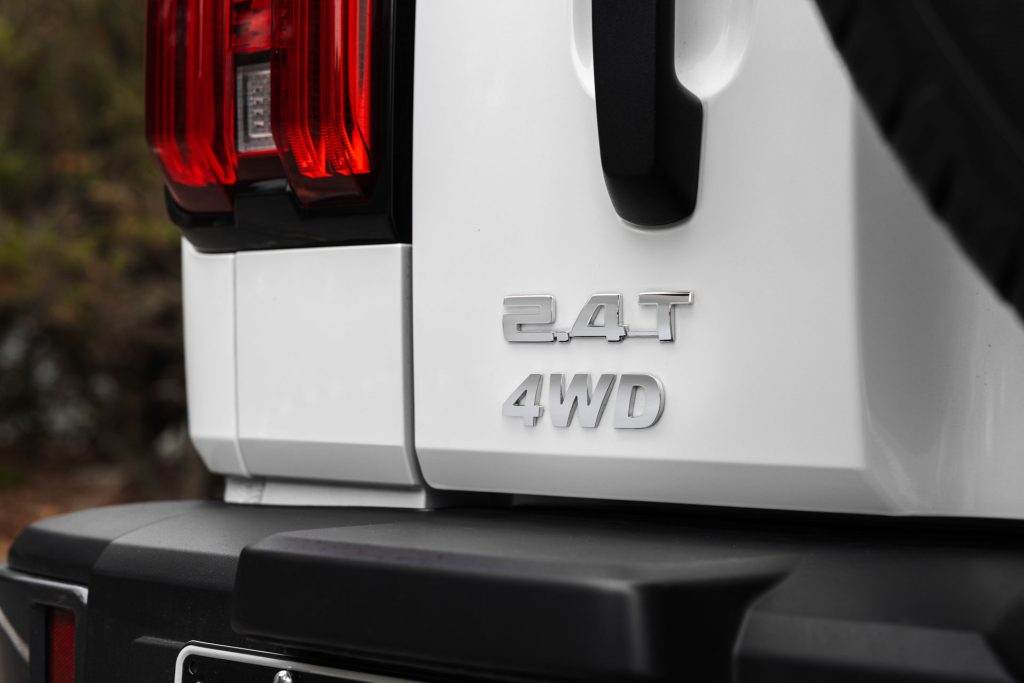
Tank 300 – Driving impressions
Unsurprisingly, the on-road performance and handling of the Tank 300 diesel is much the same as its petrol and hybrid siblings which share the same platform and coil-sprung rear suspension.
What did surprise us was the lack of engine noise from the perky diesel engine and this is wholly down to the fact that GWM took considerable pains to pack yet more sound-deadening material into this model.
But going off-road really shows the capability of the car and the diesel engine.
Driving from Melbourne Airport to the RACV Healesville Country Club in regional Victoria not only gave us a taste of the Tank 300 diesel on the tarmac, but we also experienced an off-road section on some fairly challenging dirt roads with some extreme humps and corrugations.
We spent an hour crawling over some arduous tracks through the Toolangi State Forest in low-ratio four-wheel drive, where the Tank 300 diesel came into its own.
Never once did the car bottom out over what were some quite deep cuts in the track, which had been gouged out by rain and previous vehicles. The articulation of the suspension package, as well as the 33-degree approach and 34-degree departure angles of the Tank 300 diesel, made child’s play with what might have been a challenging run for a lesser-equipped SUV.
Engaging low-range second gear provided more than enough engine compression to safely descend some steep dirt tracks without having to touch the brake pedal or feather the throttle.
The mark of a competent 4×4 is how easy it is to control in an off-road environment and how much confidence it instils in a driver who finds themselves in very unfamiliar territory, and in this regard the Tank 300 diesel more than meets the brief.
We look forward to spending more time with the vehicles on our home turf in New Zealand.
